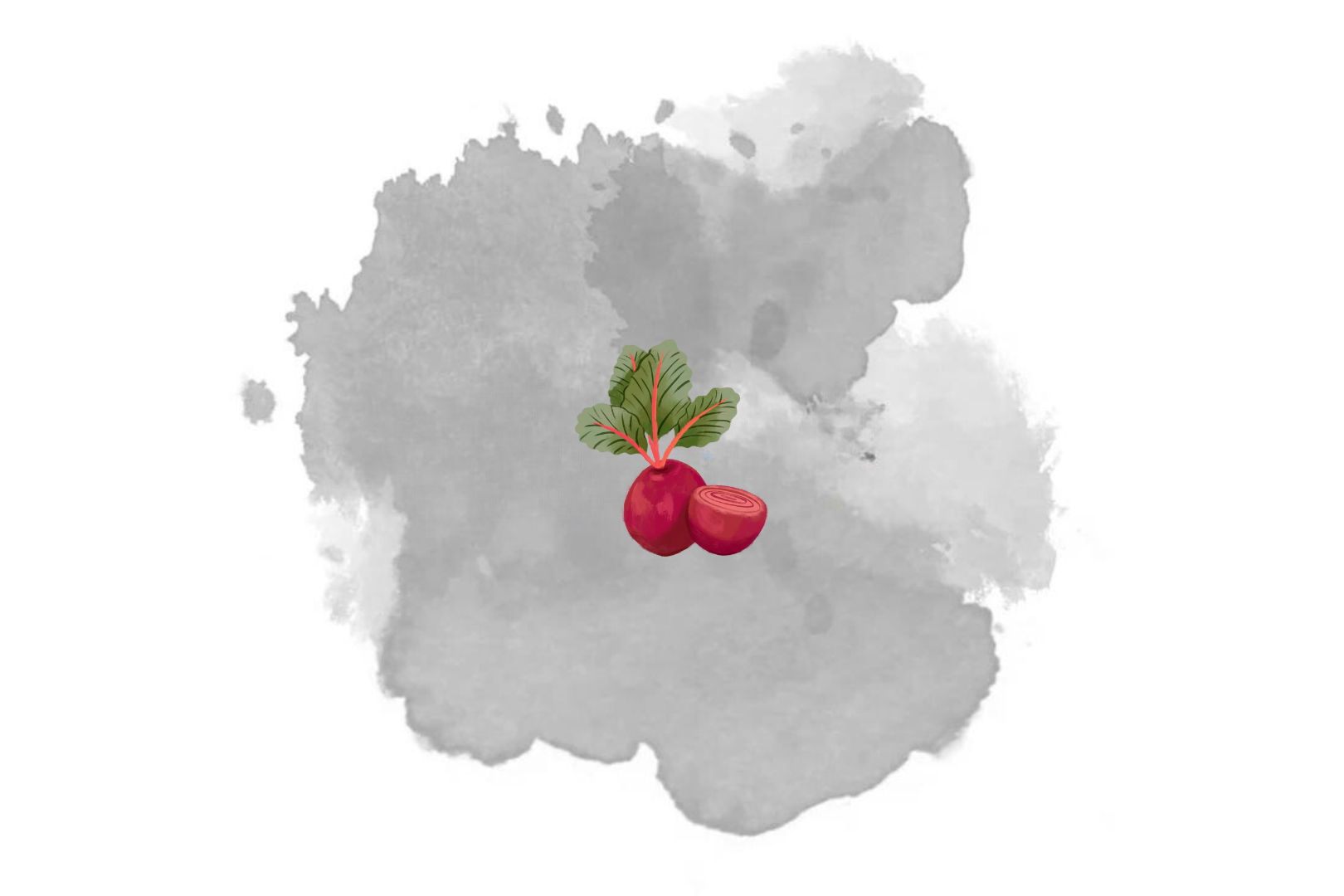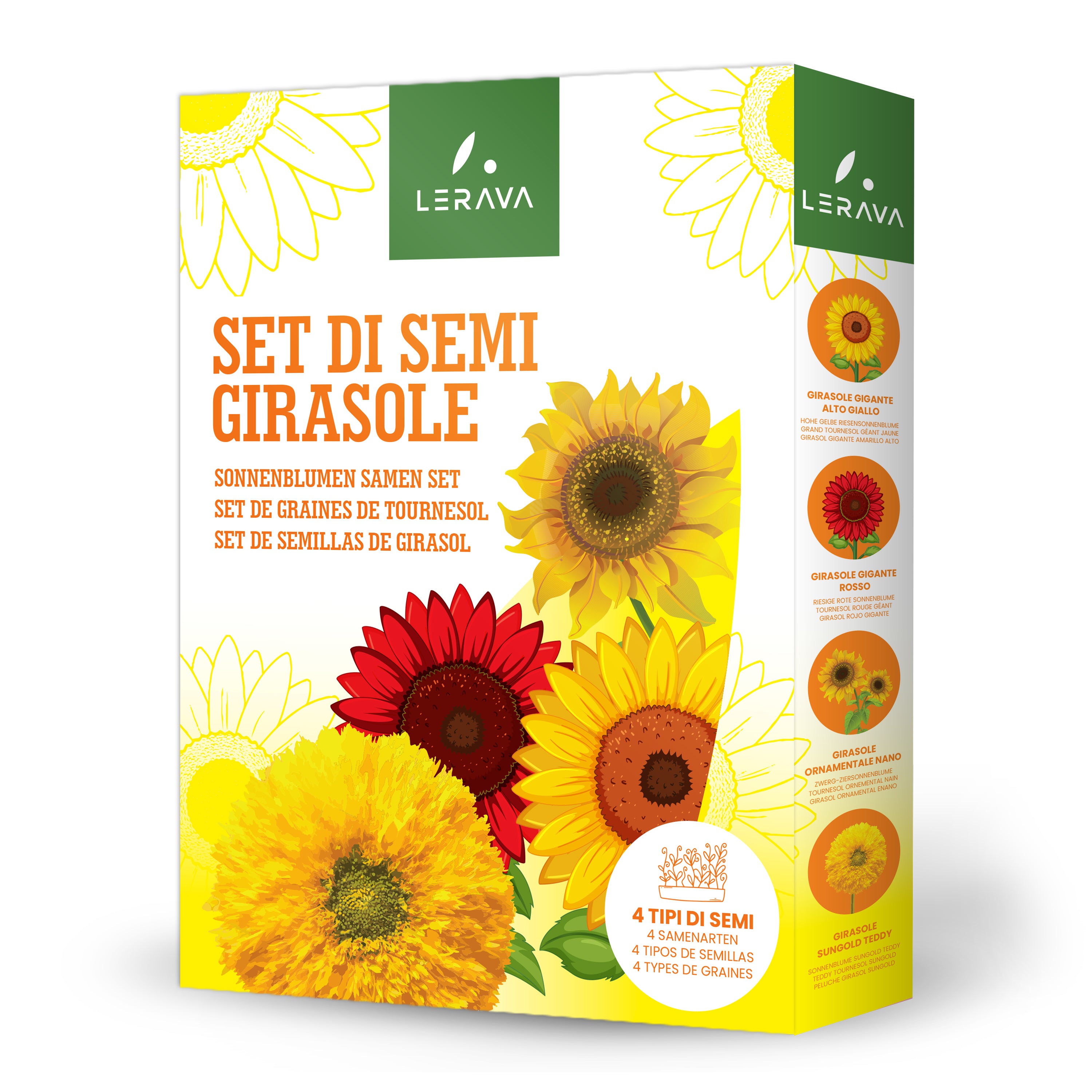Sunflowers are symbols of light and joy, perfect for adding a splash of color to your garden, vegetable patch, or balcony. Although they are typically planted in spring, it is possible to sow sunflowers in autumn, especially when grown indoors. Let’s see how!
Why grow sunflowers in autumn?
Sunflowers are not only beautiful to look at, but they also bring many benefits to your garden. Their deep roots improve soil structure and help prevent soil erosion. Additionally, their flowers attract pollinators like bees and butterflies, contributing to a healthy ecosystem. When grown on a balcony or terrace, sunflowers can act as a natural wind barrier, providing shelter for more delicate plants.
1. Choose fast-growing varieties
For autumn sunflower cultivation, it’s essential to choose fast-growing varieties that can complete their flowering cycle in a relatively short time. Varieties like "Sungold Teddy" and the dwarf ornamental sunflower are ideal, as they bloom in just 60-70 days. Lerava's Sunflower Seed Set offers a selection of varieties perfect for autumn planting, ranging from dwarf and ornamental sunflowers to giant yellow and red ones, perfect for adding a spectacular touch to any green space.
2. Use rich, well-drained soil
Sunflowers need nutrient-rich soil to grow vigorously. Use light, sifted soil mixed with worm humus to provide the right amount of nutrients. Worm humus is a natural fertilizer that improves soil structure, helping retain moisture without causing waterlogging. Seed trays are perfect for the initial stage, but once the seedlings have grown, you can transplant them into larger pots or directly into the garden.
3. Place in full sunlight
As the name suggests, sunflowers need plenty of sunlight to grow properly. In autumn, if temperatures permit, place the pots in a sunny area of the garden or balcony. If the weather is colder, keep them indoors near a south-facing window. Remember, sunflowers not only add a splash of color but can also provide natural shade for more delicate plants, creating an ideal microclimate on your balcony or terrace.
4. Keep the soil moist
Sunflowers love water, but it's important not to overdo it. Keep the soil moist by watering regularly, especially when the plants are young. Make sure the soil is well-drained to avoid waterlogging, which could damage the roots. A helpful tip is to use a saucer with a layer of gravel: this way, excess water can drain freely, preventing root rot.
Other benefits of sunflowers
Besides decorating your garden, sunflowers offer many other advantages. Once mature, sunflower seeds can be harvested to produce healthy, nutritious snacks. Moreover, the seeds are an excellent food source for birds during winter, attracting wildlife to your garden.
Start growing sunflowers with Lerava's kit
By following these simple steps, you can enjoy sunflowers even in autumn. If you want a variety of sunflowers, try Lerava's Sunflower Seed Set, which includes seeds from different varieties for an explosion of colors and shapes. Gardening is a relaxing and rewarding activity, and sunflowers are among the easiest plants to care for, making them perfect for gardening beginners.
Don’t wait any longer: plant your sunflowers now and share in the comments which variety you’ve chosen!

![#Taglia_1.7kg [sku-A0291] [lang-IT] [lang-EN]](http://lerava.com/cdn/shop/files/Cessione_IT.png?v=1749635507&width=2000)
![#Taglia_1.7kg [sku-A0291] [lang-IT] [lang-EN]](http://lerava.com/cdn/shop/files/Cessione_IT.png?v=1749635507&width=104)
![[lang-IT] [lang-EN]](http://lerava.com/cdn/shop/products/B09SLG7DHN.MAIN.jpg?v=1674813929&width=104)
![#Taglia_70m² [sku-VV-KMTV-QLBE] [lang-it] [lang-en]](http://lerava.com/cdn/shop/files/Primavera_IT_1.png?v=1749609539&width=104)
![#Taglia_100m² [sku-A0360] [lang-IT] [lang-EN]](http://lerava.com/cdn/shop/files/ESTATE_IT_100m.jpg?v=1751879953&width=104)
![#Taglia_70 m² [sku-A0016] [lang-it] [lang-en]](http://lerava.com/cdn/shop/files/Add_a_heading.png?v=1758461245&width=104)
![[lang-IT] [lang-EN]](http://lerava.com/cdn/shop/files/Solfato_Di_Ferro_IT_1.png?v=1749608449&width=104)
![#Taglia_30m² [sku-AVARACH] [lang-IT] [lang-EN]](http://lerava.com/cdn/shop/files/Champion_IT.png?v=1749608049&width=104)
![#Taglia_30m² [sku-A0265] [lang-IT] [lang-EN]](http://lerava.com/cdn/shop/files/Express_IT_1.png?v=1749619514&width=104)
![#Taglia_10m² [sku-A0148] [lang-IT] [lang-EN]](http://lerava.com/cdn/shop/files/1_10_IT.jpg?v=1727419569&width=104)
![#Taglia_20m² | 200g [sku-A0192] [lang-IT] [lang-En]](http://lerava.com/cdn/shop/files/1_1_193571c2-dc92-488a-b9ac-170592f0b658.jpg?v=1744210602&width=104)
![#Taglia_200g [sku-A0220] [lang-IT] [lang-EN]](http://lerava.com/cdn/shop/files/IT_Semi-Trifoglio200g.jpg?v=1756610388&width=104)






